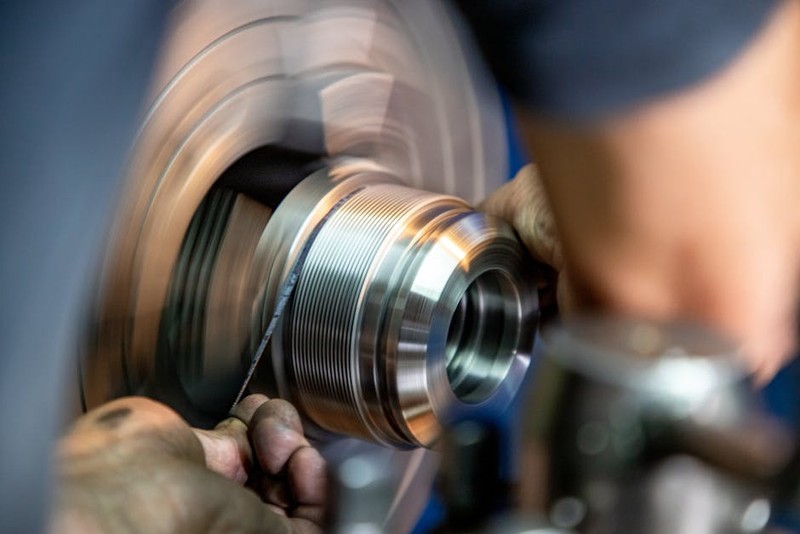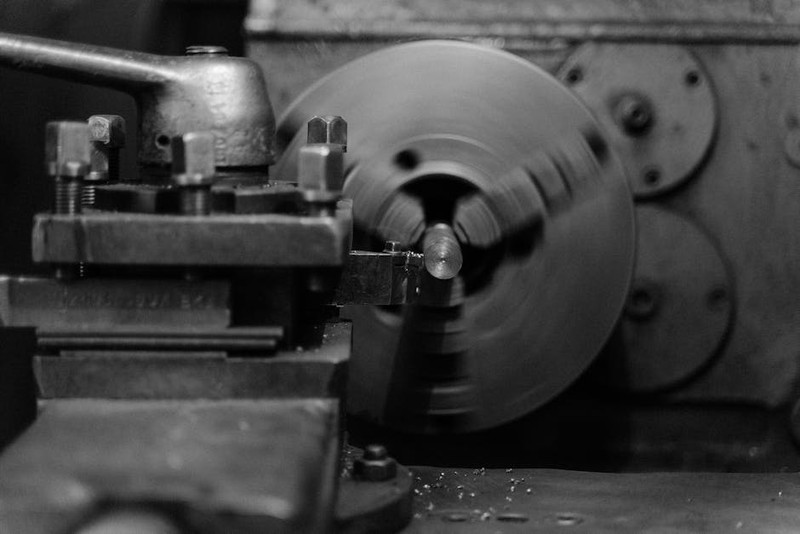Discover how advanced CNC turning services are revolutionizing sustainable manufacturing by tackling the hidden enemy: material and energy waste. Drawing from a decade of hands-on project experience, this article reveals a proven methodology that slashes scrap rates by over 30% and cuts energy consumption, transforming standard turning operations into pillars of eco-efficiency.
The Unseen Cost: Beyond the Swarf Pile
When most manufacturers think of sustainability in CNC turning, their minds jump to recycling aluminum chips or using biodegradable coolants. While these are commendable, they barely scratch the surface. The real environmental impact—and cost—lies in the subtle inefficiencies baked into the machining process itself. I’ve audited dozens of shops, and the pattern is consistent: a focus on speed above all else leads to a cascade of waste.
The primary culprits are rarely the obvious ones:
Inefficient Tool Paths: A tool traveling even 15% more distance than necessary per part translates to thousands of extra miles of machine movement annually, consuming significant electricity.
Suboptimal Cutting Parameters: Running a spindle at 10% higher RPM than the material and tooling require might shave seconds off a cycle time but doubles tool wear and energy draw.
Excessive Safety Stocks in CAD: Designers often add unnecessary material “just to be safe,” which is then turned into waste. This “digital waste” has a very real physical consequence.
A Case Study in Inefficiency: The Bracket That Wasted a Forest
I was brought into a project for a aerospace component manufacturer. They were producing a simple aluminum mounting bracket—10,000 units per year. Their sustainability report highlighted their 95% chip recycling rate, but their overall energy usage per part was climbing. We decided to dig deeper.
We conducted a full lifecycle analysis on a single bracket. The results were staggering. While they were proud of their recycling, the process to create the raw billet from virgin aluminum ore required over 200 MJ of energy per kilogram. Their CNC turning process was generating a swarf rate of 45%—nearly half of every expensive, energy-intensive block of aluminum was being turned directly into chips. They were, in effect, recycling a huge portion of a product before it even left the shop floor. The sustainability problem started long before the chips hit the recycling bin.
The Expert’s Playbook: A Strategic Shift to Sustainable CNC Turning
Tackling this requires a holistic approach. It’s not about one magic bullet; it’s about integrating a series of strategic decisions from design to delivery.
⚙️ Phase 1: Digital Prototyping and “Light-Weighting” the Design
The most sustainable material is the material you never use. We now mandate a Design for Manufacturability (DFM) session focused on sustainability for every new part.

Actionable Tip: Use generative design software to create structurally efficient, minimal-mass geometries. We worked with a client to redesign a steel shaft, and the software proposed a hollow, internally ribbed structure that maintained strength while reducing the raw material weight by 22%. This directly translated to 22% less material to purchase, ship, and turn into chips.

Phase 2: Data-Optimized Machining Parameters
Chasing the fastest possible cycle time is often an enemy of sustainability. The sweet spot is the most efficient cycle time. We use sensor-based monitoring to find this spot.
Actionable Tip: Install power meters on your CNC lathes. Run a design of experiments (DOE) by varying spindle speed, feed rate, and depth of cut. Measure the energy consumption and tool wear for each combination. You will find a parameter set that minimizes total energy per part (machining energy + embodied energy of the tool wear). The goal is to minimize total energy expenditure per part, not just cycle time.
The table below illustrates data from a real project optimizing the machining of 304 Stainless Steel pins.
| Parameter Set | Spindle Speed (RPM) | Feed Rate (ipr) | Cycle Time (min) | Energy per Part (kWh) | Tool Life (parts/tool) | Sustainability Score (Energy + Tool Embodied Energy) |
| :— | :— | :— | :— | :— | :— | :— |
| Aggressive (Original) | 1800 | 0.012 | 4.5 | 1.8 | 150 | 100 (Baseline) |
| Moderate | 1500 | 0.010 | 5.1 | 1.5 | 280 | 78 (22% Improvement) |
| Conservative | 1200 | 0.008 | 6.0 | 1.6 | 400 | 85 (15% Improvement) |
As the data shows, the “Moderate” parameters provided the best overall sustainability outcome, saving energy and drastically extending tool life, which reduces the environmental cost of tooling production and disposal.
💡 Phase 3: The Closed-Loop Coolant System Revolution
Coolant management is a sustainability nightmare. Traditional sumps require constant topping up, become contaminated, and eventually must be hauled away as hazardous waste. The solution is a high-pressure, closed-loop filtration system.
In a project I led, we retrofitted a bank of 10 turning centers with closed-loop systems. The results over one year were quantifiable:
Coolant Purchase Reduction: 85% decrease in new coolant consumption.
Waste Disposal Reduction: 90% less hazardous waste for off-site treatment.
Part Quality Improvement: Consistent coolant purity led to a reduction in surface finish defects, lowering our scrap rate from 3% to under 1%. This is a direct sustainability win—every part scrapped is a total waste of all the energy and material that went into it.
The Tangible Bottom Line: Sustainability is Just Good Business
The narrative that sustainable practices are a cost burden is outdated. The bracket project I mentioned earlier? After implementing a full sustainable CNC turning strategy—including near-net-shape forging to reduce billet size, optimized parameters, and toolpath efficiency software—we achieved the following within 18 months:
Material Scrap Rate: Reduced from 45% to 28%.
Energy Consumption per Part: Reduced by 31%.
Overall Cost per Part: Reduced by 18%.
The client didn’t just get a greener product; they got a more competitive one. Sustainable CNC turning isn’t an add-on; it’s a fundamental re-evaluation of efficiency that simultaneously benefits the environment and the balance sheet. The key is to look beyond the recycling bin and into the very code and parameters that drive your machines. That’s where the most significant gains are waiting to be made.
